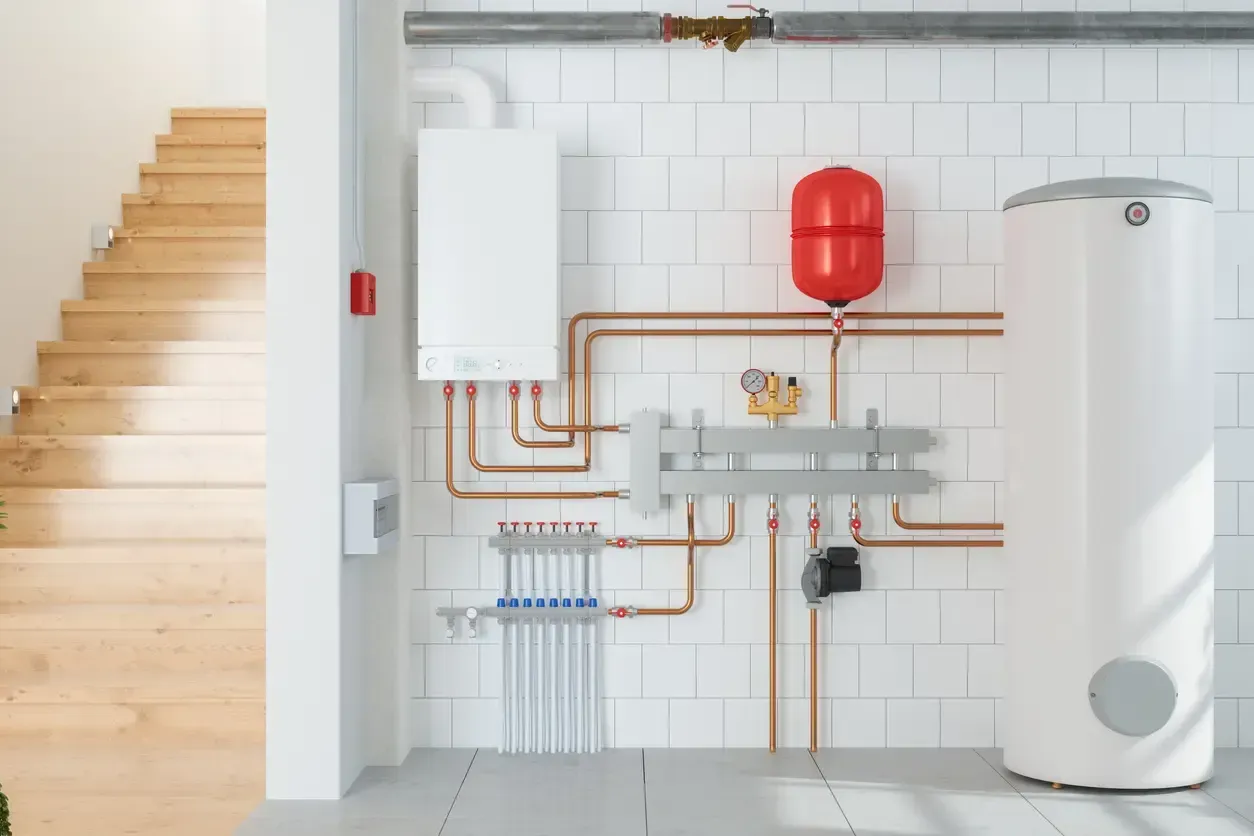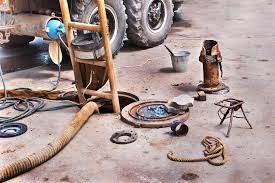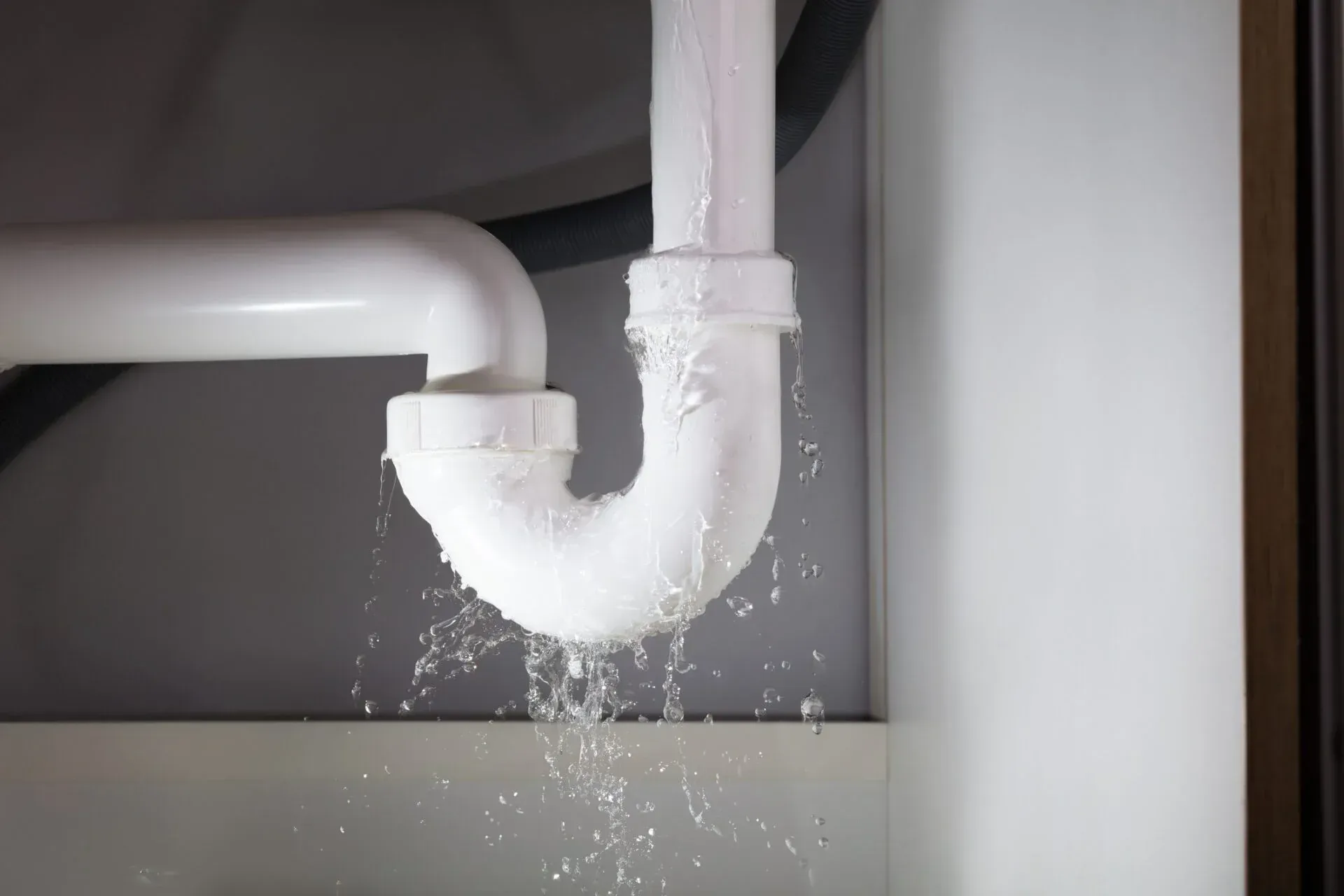What You Need to Know About Garbage Disposals
Let’s face it—kitchen cleanup can be the least glamorous part of cooking. Leftovers pile up, food scraps linger, and the trash bin starts to smell a little too familiar. But there’s one unsung hero in your kitchen that can make cleanup smoother, faster, and more hygienic: the garbage disposal. If you've ever wondered how it works, whether it's worth installing, or how to keep it running like a champ, you’re in the right place.
This guide is here to demystify garbage disposals and answer all your burning questions—without sounding like a manual. From how they operate and what can go wrong, to expert advice on maintenance and practical installation tips, we’ll cover everything you need to know to keep your kitchen waste flowing down the drain instead of piling up in your bin.
Reasons to Keep Your Sinks Maintained
What Exactly Is a Garbage Disposal?
At its core, a garbage disposal is a motorized device installed under your kitchen sink, designed to shred food waste into tiny particles that can be flushed away with water through your plumbing system. It's not a blender (and definitely not a trash compactor). It uses a set of spinning impellers (not blades, contrary to popular belief) to grind food waste against a stationary grind ring, breaking it down before it enters your drainpipe.
Garbage disposals help keep your kitchen cleaner and more eco-friendly by reducing food waste that ends up in landfills. They’re also a dream come true if you cook a lot and constantly find yourself scraping plates.
Why Your Garbage Disposal Might Stop Working
Like any hardworking kitchen appliance, your disposal isn’t invincible. Over time, you might run into a few common issues—most of which are fixable, especially if you catch them early.
One of the most frequent problems is clogging. Whether it’s due to fibrous vegetables, grease buildup, or non-food items like bones or silverware slipping in unnoticed, blockages can grind your grinding to a halt.
Another culprit? Overheating. If your disposal suddenly stops mid-use, it might have tripped its internal reset button due to motor overload. Sometimes it's just old age—like any appliance, disposals have a lifespan, and after a decade or so, parts may start wearing down.
And then there’s the silent killer: leaks. These can spring from various points, including the sink flange, the dishwasher connection, or the drainpipe. Spotting moisture under the sink is your cue to investigate further.
Step-by-Step: What to Do If Your Garbage Disposal Stops Working
Step 1: Turn Off the Power for Safety
Before doing anything, your first priority is safety. Even though garbage disposals are built with safety features, they’re still electric, motor-driven machines—and that means accidents can happen if you're not careful. If your disposal has stopped working, resist the urge to keep flipping the wall switch. Instead, go straight to the source and disconnect the power. You can either unplug the unit from underneath the sink (if it's plugged into an outlet) or flip the circuit breaker that controls the disposal. This is a non-negotiable step—never put your hand near the disposal unless you're absolutely sure it's powered off. It’s better to be overly cautious than risk an injury.
Step 2: Press the Reset Button
Now that the power is safely off, it’s time to try the simplest fix first—resetting the disposal. Most modern units come with a built-in reset button, usually located at the bottom of the unit. Over time or after handling too much waste at once, your disposal may overheat or trip its internal breaker. This small red or black button pops out when the system needs to be reset. Simply press it back in firmly until it clicks. This often resolves the issue right away. After pressing the button, restore the power and try turning on the disposal again. If it starts humming or spinning, the problem may have just been a temporary overload.
Step 3: Check for Obstructions Inside the Disposal
If the reset doesn’t work and your disposal is still silent—or worse, humming but not turning—there may be something lodged inside. At this point, you’ll want to visually inspect the interior of the unit. Using a flashlight, carefully peer down into the disposal. Look for food scraps, utensils, bones, or any foreign objects that might have gotten stuck. If you spot something, do not reach in with your hand. Instead, use pliers or tongs to remove the item gently. Even with the power off, it's essential to avoid direct hand contact with the impellers. Obstructions are one of the most common reasons a disposal stops working, so clearing out any blockages can often bring it back to life.
Step 4: Manually Free the Flywheel Using an Allen Wrench
If the motor is jammed, you’ll likely need to manually turn the disposal’s flywheel to loosen things up. Most units have a small hex-shaped hole on the bottom that allows you to do just that. Find the appropriate size Allen wrench (often provided with your unit when purchased), insert it into the hole, and gently twist it back and forth. You’ll feel resistance at first if there’s something stuck, but after a few turns, it should start to rotate more freely. This motion can help dislodge whatever was jamming the blades or impellers. Once it moves easily, you can try powering it back on and seeing if it runs normally.
Step 5: Test the Unit and Run Water Through
Once you've cleared obstructions, reset the system, and manually turned the flywheel, it’s time for the moment of truth. Restore the power to the unit and flip the switch. Ideally, you’ll hear that familiar whirring sound again—meaning the disposal is back in action. Run cold water while the disposal is operating. Cold water helps solidify any fats or oils still in the system, allowing them to be ground up and flushed away. Let the water run for 15 to 30 seconds after turning off the unit to ensure everything has cleared from the pipes. If everything sounds and looks good, congratulations—you’ve just revived your garbage disposal without having to call in a professional!
Repairing VS Replacing your Hot Water Heater
The Risks of Ignoring Disposal Problems
Here’s where things get messy—literally. Ignoring a malfunctioning disposal can lead to clogged drains, moldy smells, and even water damage beneath your sink. Food waste left sitting in the unit can start to rot, attracting pests and releasing foul odors that no scented candle can cover up.
If leaks go undetected, they can damage cabinets, warp wood, and even create the perfect environment for mold growth. And if a jammed motor continues to hum without moving, you risk burning it out entirely, leading to a much more expensive replacement.
In short, garbage disposal problems don’t fix themselves—and the longer you wait, the worse they get.
Preventive Maintenance: How to Keep Your Disposal Running Smoothly
Now that you know what can go wrong, let’s talk about how to keep your disposal happy and humming.
First rule? Watch what you feed it. While disposals can handle most soft food scraps, they’re not fond of starchy or fibrous items. Avoid tossing in potato peels, celery, corn husks, or large bones. Grease and oil are also no-go zones—they solidify in your pipes and lead to clogs.
Use cold water while the disposal runs. It helps keep fats in solid form so they can be chopped up and flushed away, rather than melting into the drain and causing blockages later.
Once a week, drop a few ice cubes into the disposal and run it for 30 seconds. It helps clean the grinding chamber and sharpen the impellers. Want to banish odors? Follow the ice with lemon peels or a sprinkle of baking soda and vinegar for a natural, fresh-smelling cleanse.
And remember, if you’re going away for a while, give it a good rinse before leaving. Leaving food waste inside for days on end can create a stinky welcome home.
Thinking of Installing One? Here’s What You Should Know
If you’re considering adding a garbage disposal to your kitchen, it’s a smart upgrade—both in terms of convenience and home value. Most modern kitchens come disposal-ready, but if yours doesn’t, the good news is that installation isn’t overly complicated.
You’ll need to ensure your sink and plumbing can support it, and that you have a power source under the sink. Some disposals require a wall switch; others plug in directly. If you’re not comfortable with basic plumbing or electrical work, it’s best to hire a licensed plumber or handyman for the install.
Choose a unit that suits your household’s needs. Smaller households might do fine with a 1/3 horsepower motor, while larger families or heavy users should look for 3/4 or 1 horsepower models for extra grinding strength.
Expert Advice for Long-Term Use
Professional plumbers often recommend running your disposal regularly—even if you’re not actively grinding anything—just to keep the parts moving and prevent rust or corrosion. It’s a simple habit that helps extend the unit’s life.
They also advise checking the connections under your sink every couple of months for signs of leaks or wear. A little tightening now can save a major headache later.
And if you ever hear loud rattling, notice a funky smell that won’t go away, or find water where it shouldn’t be, don’t wait. A quick inspection (or a visit from a professional) can make all the difference between a $10 fix and a $500 repair.
Final Thoughts: Small Device, Big Impact
At the end of the day, a garbage disposal might be a small appliance—but it plays a big role in making your kitchen cleaner, more efficient, and more environmentally friendly. It saves you time, cuts down on food waste, and keeps your garbage from overflowing too fast.
Understanding how it works, what it can handle, and how to care for it means fewer problems down the line and a more peaceful kitchen experience overall.
Treat your disposal well, and it’ll be the hardest-working quiet hero in your home—handling the messy stuff, so you don’t have to.







